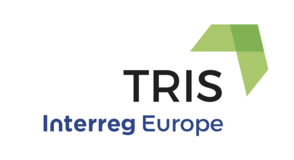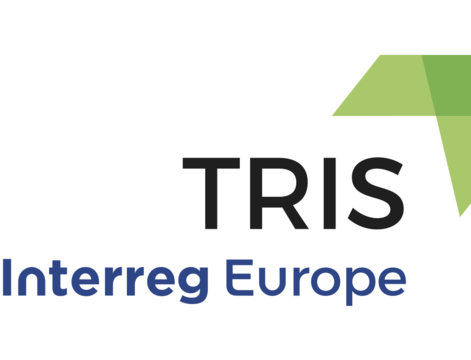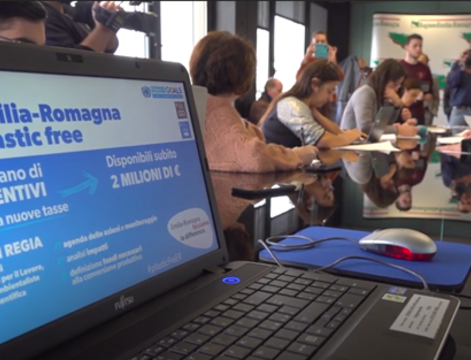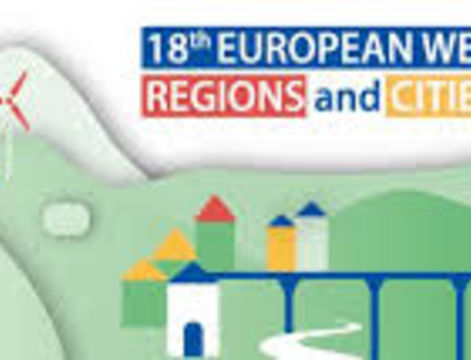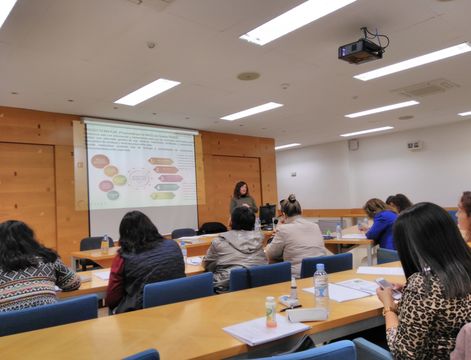The Interreg project Transition Regions towards Industrial Symbiosis (TRIS) aimed to raise awareness of the environmental benefits of IS, standardise IS into regional policy and raise its profile in the political agenda while supporting SMEs and preventing industrial waste. TRIS launched in 2016 with 9 partners representing 5 regions in Hungary, Italy, Spain, Sweden and the UK. The TRIS objectives were pursued through the improvement of the regional policies, primarily Structural Funds (ERDF).
Industrial symbiosis (IS) is a very efficient means to address climate change mitigation and competitiveness. The 2018 CEN Workshop Agreement provides an industry-led consensus definition of industrial symbiosis as the use by one company or sector of underutilised resources broadly defined (including waste, by-products, residues, energy, water, logistics, capacity, expertise, equipment and materials) from another, with the result of keeping resources in productive use for longer. During the period of TRIS, industrial symbiosis was incorporated into EU law, via the 2018 Amendment to the Waste Framework Directive, as part of the Circular Economy Action Plan. The 2018 Amendment to the Waste Framework Directive requires Member States to promote replicable practices of IS.
The full-day TRIS event comprised 3 sessions, of which the middle session was promoted as an EURegions and Cities workshop event. Although summarised here by theme, the commonality of lessons learned across speakers and sessions was notable.
Theme 1, Raising awareness to influence policy for industrial symbiosis
In line with the primary TRIS objective, all speakers addressed the challenges inherent in raising awareness of IS and its benefits. Key stakeholders from the policy perspective spanned municipal, regional and national level. From the perspective of delivering impact through TRIS, the support of SMEs able to take action to prevent industrial waste was key; good practices and case studies have been useful to raising business awareness. The support of the private sector to keep IS on the political agenda was noted, especially trade associations.
Theme 2, Tailoring ERDF to deliver industrial symbiosis
Structural funds are generally targeted at specific priority areas (including low carbon development, or resource efficiency). The experience indicated it is quite complex to influence ERDF due to the many actors involved crossing regions and (multiple) municipalities in any region: directing funds to support IS required alignment of strategies across various entities and levels. Aligning ERDF drawdown to the requisite match funding required a bit of serendipity in timing, especially for capital spend. ERDF metrics, biased toward activity and geographically limited, are not ideal for industrial symbiosis which thrives more when unrestricted by geography, size or sector of industry and is target driven by impact.
According to Brigid Jones, Deputy Leader of Birmingham City Council “European Funding, and in particular ERDF, has been a critical catalyst for both the introduction of new sustainable urban development actions, such as industrial symbiosis, but also as a key catalyst for sharing innovation, knowledge and best practice with cities and partners from across Europe.”
Jordi Sebastià added “with the tools developed in the TRIS project, the Valencian Region is going to establish a permanent observatory of IS to enhance the collaboration among different sectors and to provide clear information to the companies for implementing more IS procedures” .
Theme 3, Path to Change: the TRIS Legacy
In the last decade, IS has been included in policies and recommendations across DGs. TRIS partners in identifying legacy policies and actions confirmed its alignment with the objectives of the Circular Economy Action Plan (as part of the Green Deal) and climate mitigation leading to its inclusion in various strategies. Further alignment with the place-based approach of Smart Specialisation Strategy has enabled the direction into industrial symbiosis of structural funds aligned with Smart Specialisation.
Councillor Rontini highlighted in her speech "In the elaboration of the strategic planning tools we are working on we will take into account the evidence of the TRIS project to continue ensuring that the territorial system of Emilia-Romagna wins the challenge of quality work, of contrasting inequalities and ecological transition to help achieve the goals of the 2030 Agenda for sustainable development."
